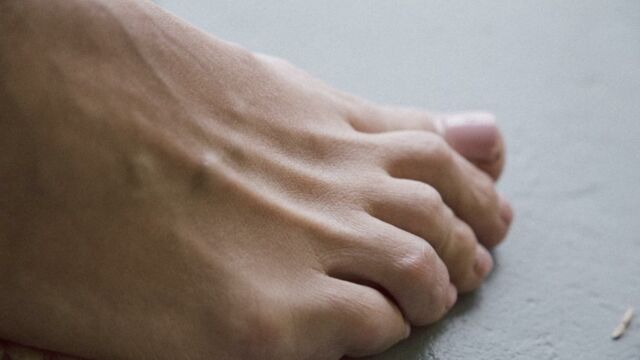Cholesterol has always been seen in a negative light, but it's not necessarily bad at all. In fact, it's a very natural substance that your body needs to build cells and make vitamins.
Discover our latest podcast
However, the problem comes when you have way too much cholesterol. High levels can increase the risk of health problems such as heart conditions or stroke.Unfortunately, more than half of Britain's population deals with high cholesterol, as per News-Medical.net.
There are several signs and symptoms that can indicate high cholesterol, but a medical expert has said that two of them can be spotted on your toenails.
A medical expert says there are two warning signs of cholesterol complication that can be spotted in one’s toenails.
Signs of cholesterol on your toenails
Dr Sami Firoozi, a consultant cardiologist at Harley Street Clinic, says a brittle toenailis one of the tell-tale signs to look out for, according to the Daily Record.
The other sign that could point to high cholesterol levels is slow growing toenails.
Why do these signs show up in your toes?
Well, first it's important to understand that when someone has high cholesterol, it means they have too much cholesterol—a wax-like substance—in their blood stream.
Now, having such high levels of fatty substances can put people at risk of peripheral aerial disease (PAD where fatty deposits made from cholesterol build up and block the arteries. This in turn stops the blood supply to the leg muscles, and consequently manifests in your feet and toenails.
Dr Firoozi explained:
Although PAD is not immediately life-threatening, the process of atherosclerosis that causes it can sometimes lead to serious and fatal problems such as critical limb ischaemia which occurs if the blood flow to the legs becomes severely restricted.
Here's what you should do if you're worried
Although high cholesterol levels do not present any symptoms, PAD may cause strong burning pain in the legs and feet even when resting. It could also lead to skin turning pale, shiny, smooth and dry, and loss of muscle mass in the legs.
Other symptoms of PAD include open sores on the feet and legs that do not heal, and toe skin turning cold, numb and red. The skin could also begin to swell and produce smelly pus.
Dr Firoozi recommends going to a doctor to have one’s cholesterol levels checked.
Your GP might refer you to have a blood test to check your cholesterol levels if they feel you are at risk.
This will be based on your age, weight, smoking status, if you have diabetes, or whether there is a family history of high cholesterol or heart problems.
Cholesterol levels can be reduced through a person's diet and exercise.
Read more:
⋙ Cancer warning: Itchy skin might be an early sign of the disease
⋙ High cholesterol: This common spice can help reduce cholesterol levels
Sources used:
The Mirror: Telltale signs of high cholesterol can be spotted in your toenails, expert reveals
News-Medical.com:Experts warn of 'silent epidemic' of high cholesterol in the UK














